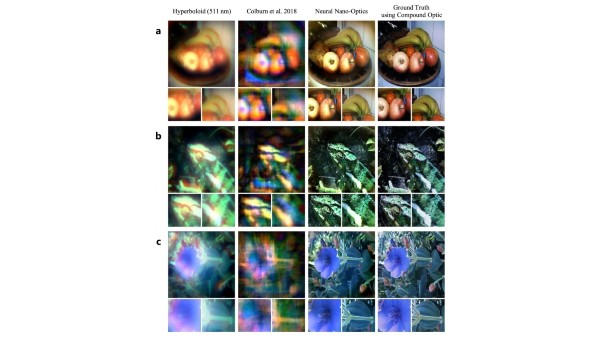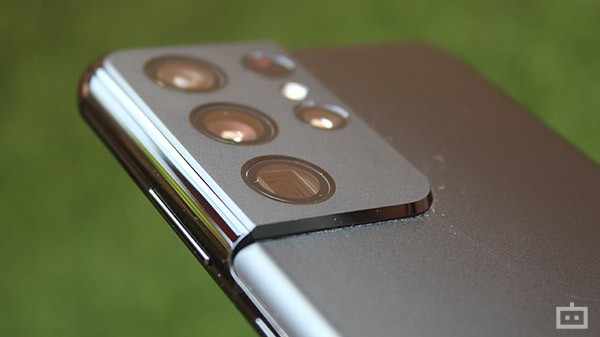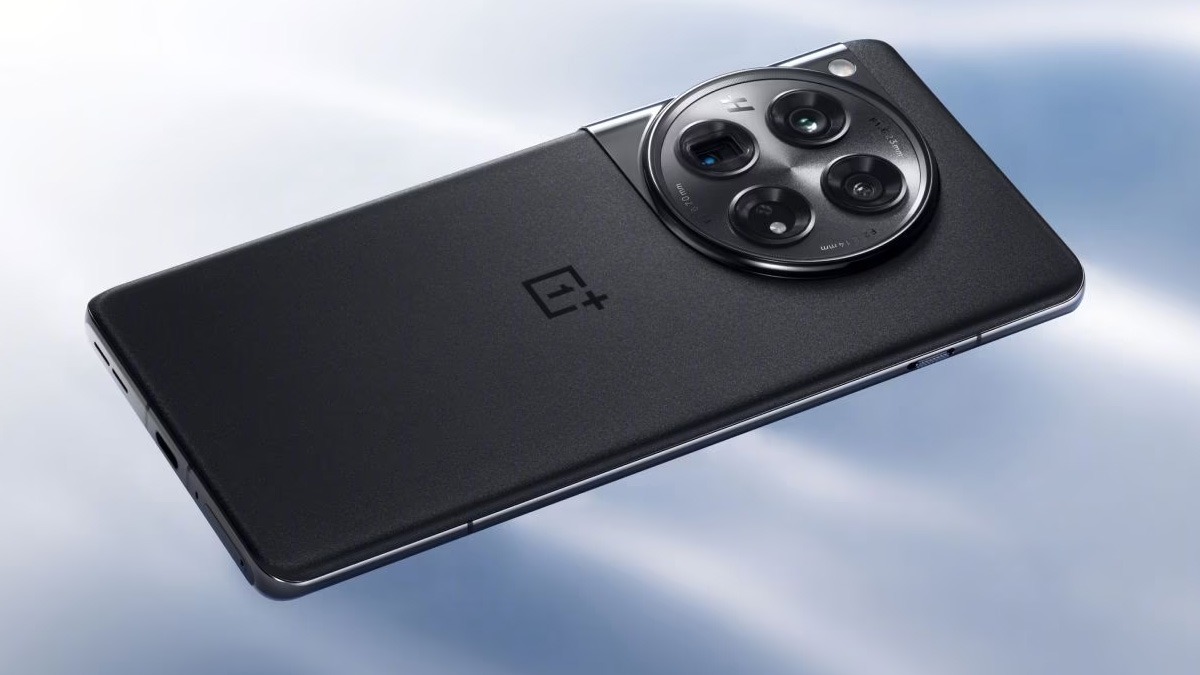Just In
- 9 hrs ago

- 9 hrs ago

- 11 hrs ago

- 11 hrs ago

Don't Miss
- Finance
 1:10 Stock Split, 25th Dividend On May 8: Buy Multibagger Tata Stock Under Rs 450, TP Rs 550
1:10 Stock Split, 25th Dividend On May 8: Buy Multibagger Tata Stock Under Rs 450, TP Rs 550 - Sports
 Pakistan vs New Zealand 2nd T20I: Awards List, Scorecard and Match Stats
Pakistan vs New Zealand 2nd T20I: Awards List, Scorecard and Match Stats - News
 Delhi CM Arvind Kejriwal Stopped Taking Insulin Months Before Arrest: Tihar Report To LG Vinai Saxena
Delhi CM Arvind Kejriwal Stopped Taking Insulin Months Before Arrest: Tihar Report To LG Vinai Saxena - Movies
 When Aishwarya Rai Gives ‘Classy Slap’ On Journalist’s Face For Asking Her To Pose Nude, Watch Video
When Aishwarya Rai Gives ‘Classy Slap’ On Journalist’s Face For Asking Her To Pose Nude, Watch Video - Education
 Assam Class 10 Result 2024 Declared: Anurag Emerged as the Top Performer With 593 Marks
Assam Class 10 Result 2024 Declared: Anurag Emerged as the Top Performer With 593 Marks - Automobiles
 Tata Altroz Records a 55% Sales Growth in March 2024
Tata Altroz Records a 55% Sales Growth in March 2024 - Lifestyle
 Alia Bhatt Dons Classic Pantsuit For Time Magazine Cover, Bookmark Her Power Dressing Looks!
Alia Bhatt Dons Classic Pantsuit For Time Magazine Cover, Bookmark Her Power Dressing Looks! - Travel
 Journey From Delhi To Ooty: Top Transport Options And Attractions
Journey From Delhi To Ooty: Top Transport Options And Attractions
Researchers Develop Nano Camera Size Of Salt Grain: Future Of Smartphone Cameras?
Cameras are one of the most advanced and highly researched gadgets. We have cameras on smartphones, laptops, and every other gadget today. Plus, cameras are also used by medical professionals to determine ailments and other researches. Now, scientists have developed a minuscule camera sized as small as a grain of salt.

When it comes to smartphones, cameras are often upgraded to make them smaller in size while offering more megapixels. In the medical field, the smaller the camera, the better. The latest scientific project has given us the world's smallest camera.

Salt-Size Camera With Advanced Performance
To note, this isn't mankind's first attempt at making a minuscule camera for scientific research and medical purposes. So far, metasurface-based compact cameras have produced distorted and blurry images with limited fields of view.
"While sensors with submicron pixels do exist, further miniaturization has been prohibited by the fundamental limitations of conventional optics," say the researchers behind the salt-sized camera.
The team of researchers from Princeton University has published a paper on Nature, detailing the issues of previously developed small cameras. "Traditional imaging systems consist of a cascade of refractive elements that correct for aberrations, and these bulky lenses impose a lower limit on camera footprint. A further fundamental barrier is the difficulty of reducing focal length, as this induces greater chromatic aberrations."
Now, the team has successfully overcome the issues to produce crisp, full-color photos, on what they call the "neural nano-optic" system. The researchers say the photos clicked on their neural nano-optic system camera are on par with the conventional compound camera that is 500,000 times larger.

How Does Neural Nano-Optic Camera Work?
An image shared by the researchers' paper shows a figure of what the neural nano-optic camera can capture, while also comparing it with previous methods. Here, the researchers explain the camera structure that is built on a so-called metasurface that is filled with 1.6 million cylindrical posts that are each roughly the size of an HIV.
Every cylindrical post has a unique structure and functions like an optical antenna that receives light. Next, the camera combines machine learning algorithms to shape and interpret the light and optical wavefront. The combined data produces high-quality images, something that throws conventional methods aside.
"Additional experimental comparisons against alternative single-optic and meta-optic designs are shown in Supplementary Note 11. Ground truth images are acquired using a six-element compound optic that is 550,000× larger in volume than the meta-optics. Our full computational reconstruction pipeline runs at real-time rates and requires only 58 ms to process a 720 px × 720 px RGB capture," the researchers explained.

Applications Of Neural Nano-Optic Camera?
Presently, the primary application of the neural nano-optic camera is in the medical field and also for scientific research. Researchers also aim to use the camera with robots to do minimally invasive endoscopy to diagnose and treat diseases. That said, the salt grain-sized camera has opened doors to redesigning gadgets, especially smartphones.
"We could turn individual surfaces into cameras that have an ultra-high resolution, so you wouldn't need three cameras on the back of your phone anymore, but the whole back of your phone would become one giant camera," Felix Heide, the study's senior author and an assistant professor of computer science at Princeton says.
-
99,999
-
1,29,999
-
69,999
-
41,999
-
64,999
-
99,999
-
29,999
-
63,999
-
39,999
-
1,56,900
-
79,900
-
1,39,900
-
1,29,900
-
65,900
-
1,56,900
-
1,30,990
-
76,990
-
16,499
-
30,700
-
12,999
-
18,800
-
62,425
-
1,15,909
-
93,635
-
75,804
-
9,999
-
11,999
-
3,999
-
2,500
-
3,599












































